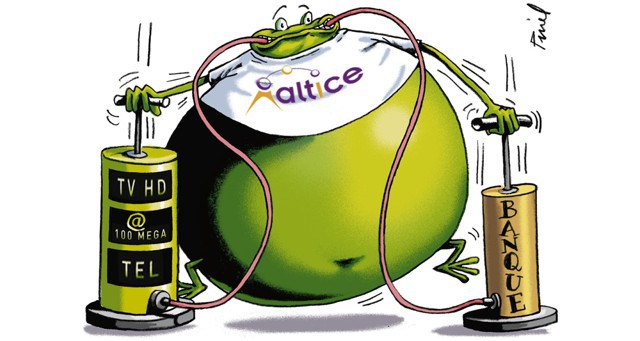 French competition regulators have fined Altice for a second time this year for abusing European regulatory policies designed to protect competition in the marketplace.
French competition regulators have fined Altice for a second time this year for abusing European regulatory policies designed to protect competition in the marketplace.
The French Competition Authority imposed an $88.5 million fine for pursuing mergers and acquisitions without first getting permission from the regulator.
In 2014, Altice rushed into an effort to buy SFR, one of France’s major cellular and broadband providers. Although ultimately successful, the French regulator produced a lengthy dossier with evidence Altice executives allegedly engaged in illegal back door negotiations to complete a takeover of both SFR and Virgin Mobile with or without clearance from the agency that ensures French consumers benefit from competitive markets.
“The Group chose not to refute these practices and to accept the French Competition Authority’s settlement offer,” Altice said in a statement. “The Group chose to settle the matter in order to limit its financial exposure, given the level of penalties imposed for the type of procedural violation under the French Commercial Code.”
SFR customers apparently wished Altice never acquired the telecom provider, because the mass exodus from customer cancellations continued for yet another quarter, despite extremely low-priced customer retention promotions.
 SFR’s cable and fiber broadband division lost 75,000 customers in the last three months, 193,000 over the year. Among DSL customers, 120,000 said goodbye to SFR during the last quarter, 432,000 for the year. SFR’s mobile service did even worse, down 88,000 customers in the last three months, 593,000 for the year.
SFR’s cable and fiber broadband division lost 75,000 customers in the last three months, 193,000 over the year. Among DSL customers, 120,000 said goodbye to SFR during the last quarter, 432,000 for the year. SFR’s mobile service did even worse, down 88,000 customers in the last three months, 593,000 for the year.
To offset losses on that scale, Altice is relying on American cable customers to make up the difference. At least 41% of Altice’s global operating free cash flow now emanates from Cablevision and Suddenlink customers in the United States. Thanks to rate increases and other revenue enhancers, Cablevision customers kicked in 2.2% more revenue while Suddenlink customers provided 6.2% more to Altice’s revenue numbers. Suddenlink customers are already paying unprecedented cable bills, with a reported 46.4% profit margin, which ranks among the highest in the U.S. cable industry.
 Seeing the enormous sums of money to be made running cable companies in the much-less competitive United States, Altice has been drawing up plans for a potential initial public offering to build a war chest to expand the Altice USA empire starting in 2017.
Seeing the enormous sums of money to be made running cable companies in the much-less competitive United States, Altice has been drawing up plans for a potential initial public offering to build a war chest to expand the Altice USA empire starting in 2017.
Among the most likely targets to be consolidated under the Altice umbrella: Cox Communications, Cable One, Mediacom and Midco. Some of those companies are privately held, so Altice founder Patrick Drahi would likely have to pay a substantial premium to snap up some of these mid-sized companies.
If the incoming Trump Administration opens the floodgates for a merger and acquisition free-for-all, Drahi might aim higher, looking at Charter Communications. An acquisition attempt of Comcast would be his most audacious move yet.
Those customers consolidated into the Altice family can look forward to higher bills and significant cutbacks in some customer support functions.
Altice plans to continue centralizing call center operations and demanding better performance from workers employed there. By minimizing customer contacts with call centers, costs are reduced. Making sure customer problems are addressed quickly is supposed to reduce customer losses from churn.
 Rate increases and additional fine print also guarantee more revenue for Altice operations. In France, SFR has not shied away from imposing multiple rate increases throughout the year, even when customers are “locked in” with a promotional rate. SFR has been playing with how it charges France’s value-added tax (VAT), reducing it for some while adding new passed-thru charges for others. Many customers saw their bills increase by around 10% over the summer and are waiting to pay even more this fall.
Rate increases and additional fine print also guarantee more revenue for Altice operations. In France, SFR has not shied away from imposing multiple rate increases throughout the year, even when customers are “locked in” with a promotional rate. SFR has been playing with how it charges France’s value-added tax (VAT), reducing it for some while adding new passed-thru charges for others. Many customers saw their bills increase by around 10% over the summer and are waiting to pay even more this fall.
Cablevision and Suddenlink customers are getting similar treatment as they discover new and unusual service charges and fees, including general rate hikes of about 3.4% that take effect in December.
The most significant change is that Cablevision no longer provides credits for disconnecting customers. Regardless of when you drop Cablevision service, Altice will not give you any service credits for disconnecting before the end of your billing cycle.
Manasquan, N.J. resident Bonnie McGee discovered Cablevision’s quietly imposed change that took effect in October.
“No matter what now, I am paying for 25 days when I am not getting any service from them,” McGee told New Jersey’s Press on Your Side. Her final bill was $183.
Under the previous owners, billing stopped the day a customer disconnected service and turned in their equipment. Under Altice, customers will continue to be billed for service, even if they cannot access it because they turned in their set-top boxes and cable modem, under the end of the billing cycle.
Cablevision officials call this change a benefit to their customers.
“Optimum services remain available to you for the full billing period and there are no partial credits or refunds of monthly charges already billed,” according to the fine print on Optimum bills.
“Like many entertainment and telecommunications providers, our services are available on a monthly basis, and customers have access to all of our high-quality products and services until the end of their monthly service period,” a spokesperson told the newspaper.
While that may sound good to the bean counters at Altice, it has infuriated customers, and the change may be permanently harming Cablevision’s name, leaving many departing customers even more unhappy with the service they canceled.
“Why would I even think about going back to Optimum for anything?” one asked. “I will never go back,” said another.
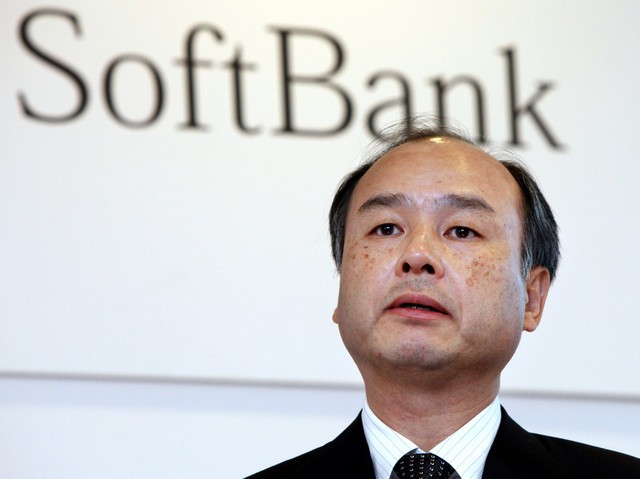


 Subscribe
Subscribe
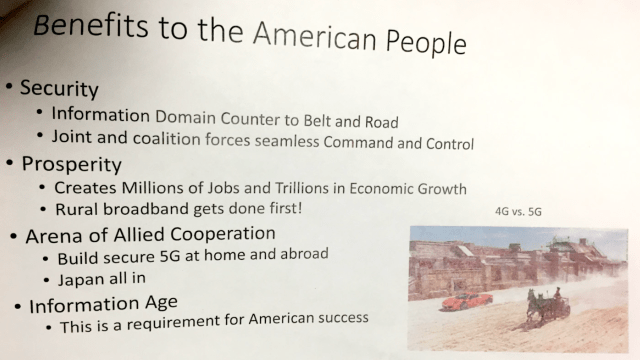
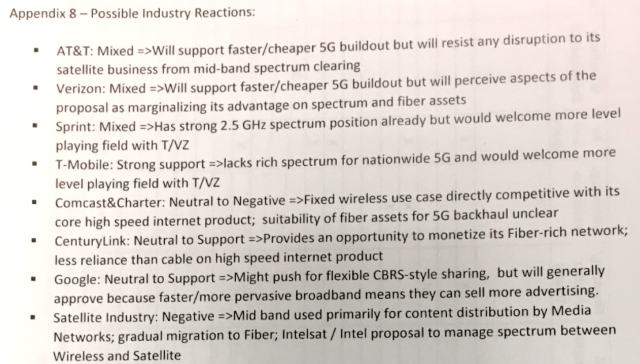



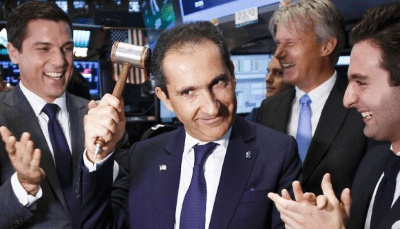


 SFR’s cable and fiber broadband division lost 75,000 customers in the last three months, 193,000 over the year. Among DSL customers, 120,000 said goodbye to SFR during the last quarter, 432,000 for the year. SFR’s mobile service did even worse, down 88,000 customers in the last three months, 593,000 for the year.
SFR’s cable and fiber broadband division lost 75,000 customers in the last three months, 193,000 over the year. Among DSL customers, 120,000 said goodbye to SFR during the last quarter, 432,000 for the year. SFR’s mobile service did even worse, down 88,000 customers in the last three months, 593,000 for the year. Seeing the enormous sums of money to be made running cable companies in the much-less competitive United States, Altice has been
Seeing the enormous sums of money to be made running cable companies in the much-less competitive United States, Altice has been  Rate increases and additional fine print also guarantee more revenue for Altice operations. In France,
Rate increases and additional fine print also guarantee more revenue for Altice operations. In France, 